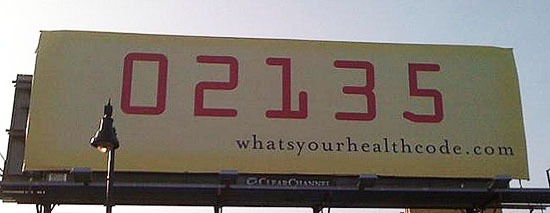Quick … what was the zip code of the town you grew up in?
I am willing to bet that you can remember.
I certainly do — 03036. Just typing it brings back all sorts of memories. I can see the house I grew up in. I remember birthday cards, postcards and packages delivered to that zip code. I can remember filling out my college applications and getting letters back from colleges to that zip code. I remember the kids in the neighborhood — especially the cute boy next door. I remember getting married in 03036 (to a different cute boy).
Zip codes are also a wealth of information about the people who reside in them — far beyond what is in our memories.
You can find information about average income, age, race, ethnicity, education, family size, type of work, zoning, health status, healthcare utilization, disease prevalence etc. all from databases organized around zip codes. And this makes complete sense. Census data and health insurance claims data, just to name a few, all include zip codes — a five digit code that can be easily sorted and queried.
Zip Codes are also used in the emerging field of GeoMedicine — a branch of medicine that deals with geographic factors in disease — or, “How does our environment impact our health?”
Here is an example of GeoMedicine. I was driving home from the gym last week (it was Monday so all resolutions were resurrected) when I saw a billboard that had five enormous numbers in the color red: “02135” and a simple line underneath: “whatsyourhealthcode.com.”

I checked it out and discovered the billboard is part of a campaign by the Boston Public Health Commission to highlight healthcare disparities in different Boston neighborhoods. The Commission is aiming to build a grassroots effort to address the underlying causes of these disparities — by and from zip code data. Although the website is “design challenged” the information is compelling.
For example, the residents of 02126 have the highest rates of diabetes in the city and of obesity in the state. This problem is compounded by the fact that the area is zoned primarily for fast food and convenience stores and there is limited access to fresh, healthy, affordable food.
The information does a nice job of connecting the dots between obesity, diabetes and the quality of food available in 02126.
And the action item is pretty clear — get people better access to healthy food, then you have a fighting chance at reducing obesity and diabetes.
Now imagine taking it one (just one to start) step further. What if a patient’s zip codes — all of them throughout a lifetime — were included in medical records? Call it a “Place History.”
Based on this “Place History,” information about the quality of available food, the air and water quality, the industries a patient has been exposed to would now all be part of an individual’s medical record. In parts of Boston people have limited access to healthy food, in Northeastern PA there is coal waste in the air in and Louisville, KY there are rubber factories that emit benzene.
Pretty powerful stuff and all readily available in databases built on zip codes.
Imagine how different a physician visit with an obese diabetic patient living in zip code 02126 would be if a clinician had this environmental information in a medical record.
Instead of telling a patient to “lose weight” the conversation would be more focused, directive and empathetic: “I know you have limited access to grocery stores so when you go to a fast food restaurant order the salad with low fat dressing and get water not soda.”
Or imagine the patient with respiratory and cardiac disease who lived near a coal mine or rubber factories at some time in their life — if genetic or lifestyle factors don’t indicate reasons for their disease it may be the environmental factors they have been exposed to which do.
The point is, the information is all there and it is simple and powerful.
Now you need to demand it and electronic health record vendors need to provide it in order that patient care can be improved.
Simple, readily available, easy and powerful — what more do you need to know? Go for it!
Click here to learn more about GeoMedicine — it’s worth the click and a bit of your time.
As for me, I am going to go back to reminiscing about 03036 — I wonder what ever happened to that cute boy next door?

Leave a Reply